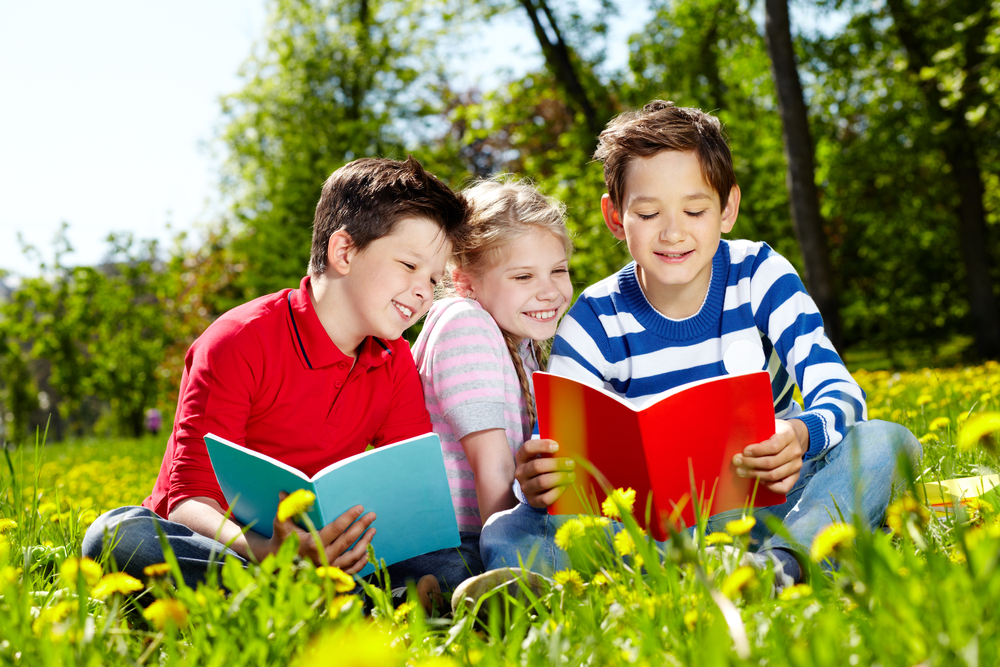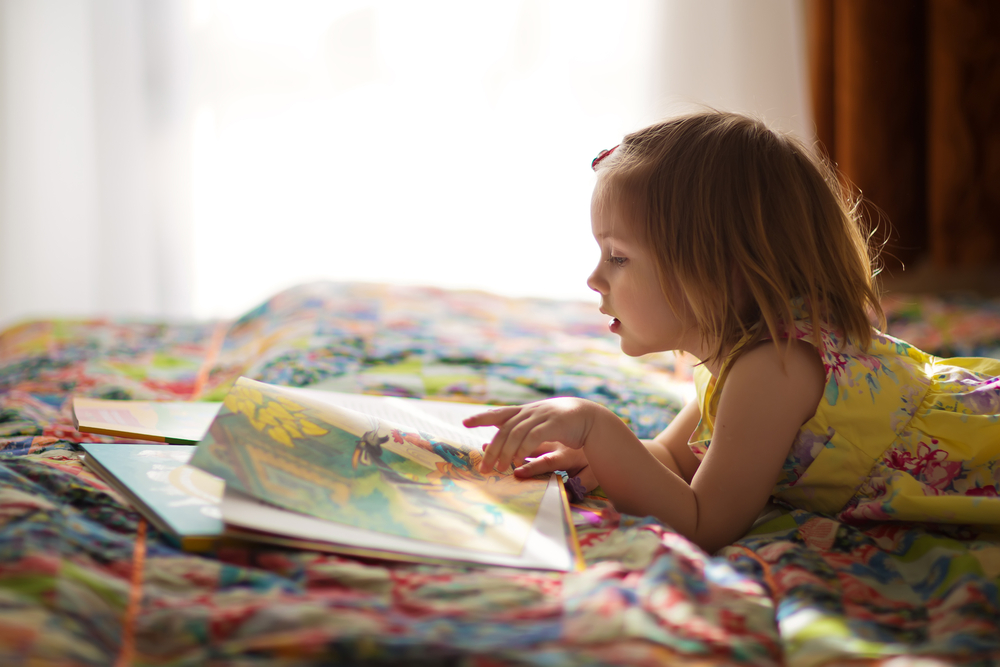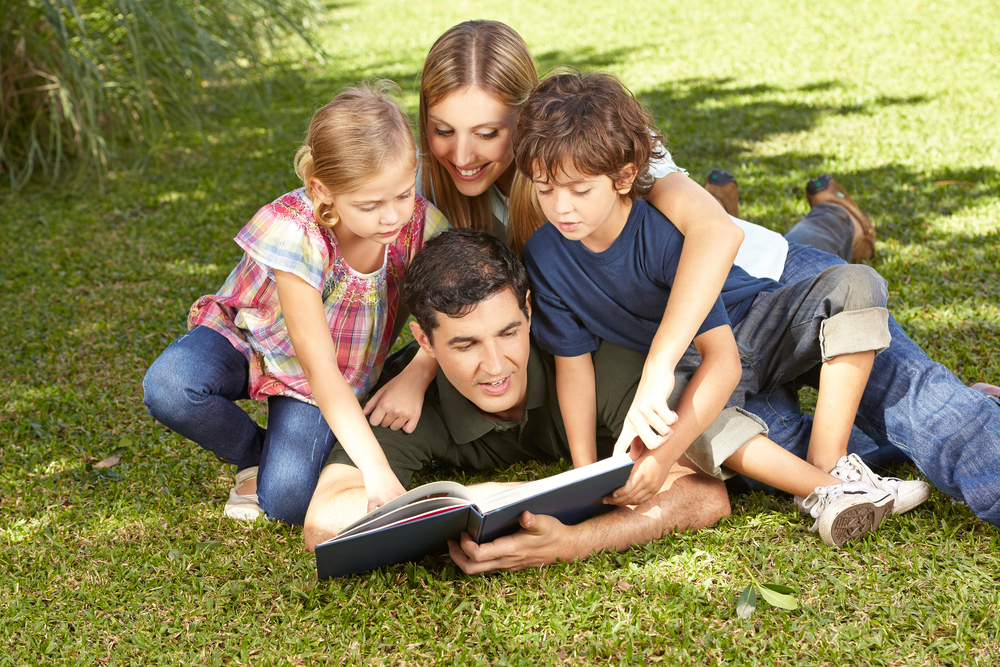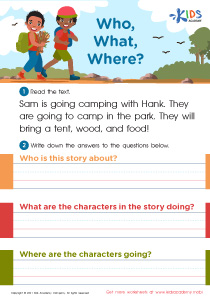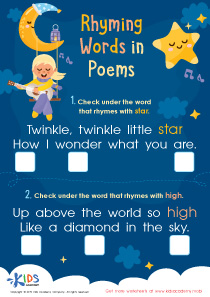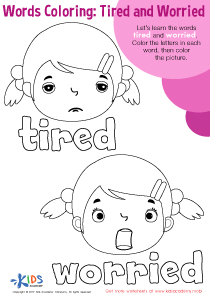Color recognition Building Vocabulary Worksheets for Ages 3-4
11 filtered results
-
From - To
Discover our engaging Color Recognition Building Vocabulary Worksheets, designed especially for children ages 3-4. These interactive worksheets combine vibrant visuals with fun activities to help young learners identify and name colors while expanding their vocabulary. Ideal for homeschooling or classroom use, these resources promote language development and early reading skills. Each worksheet is carefully crafted to capture the interest of preschoolers, making learning an enjoyable experience. Empower your child with the foundation they need for future educational success. Visit us today at Kids Academy to explore our extensive collection of educational worksheets.
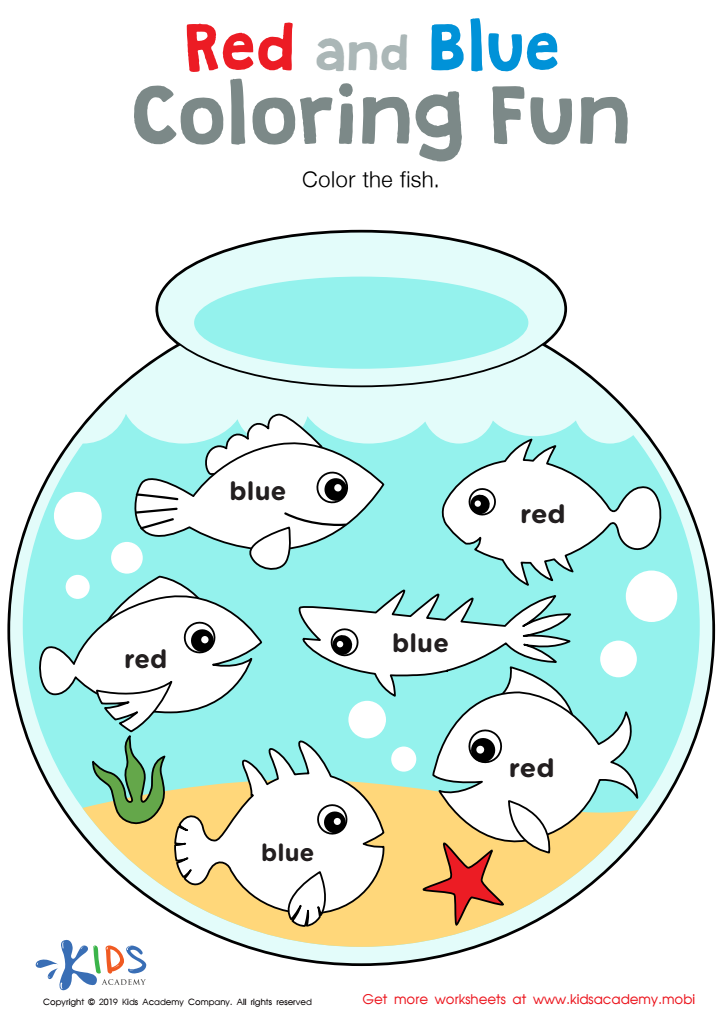

Red and Blue Coloring Fun Worksheet


Black and Brown Coloring Fun Worksheet
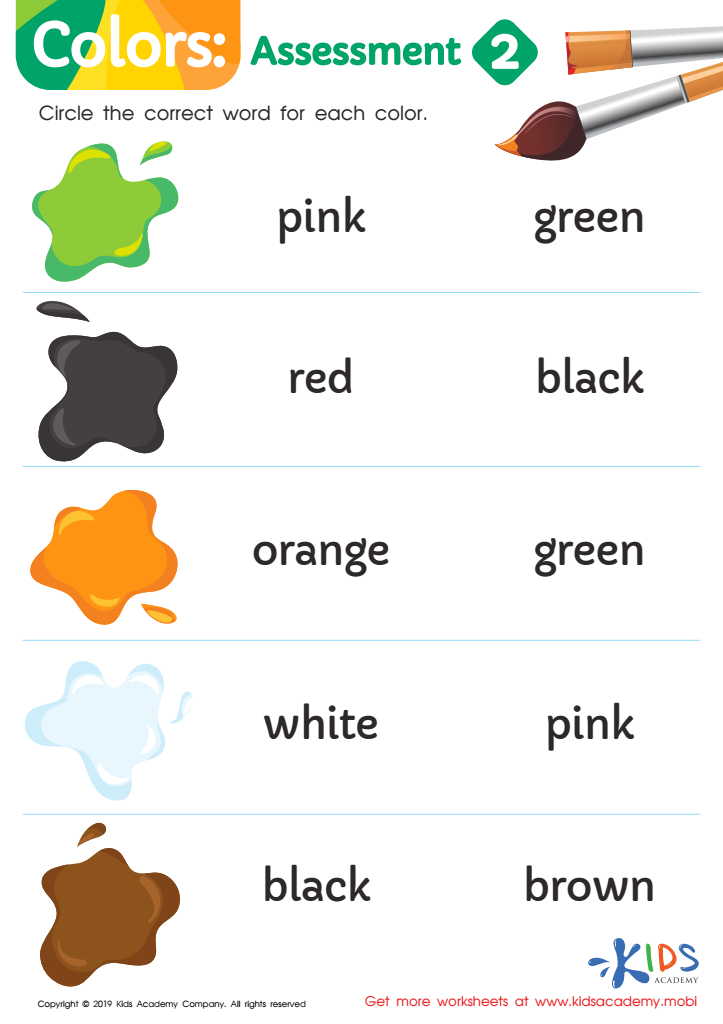

Colors: Assessment 2 Worksheet
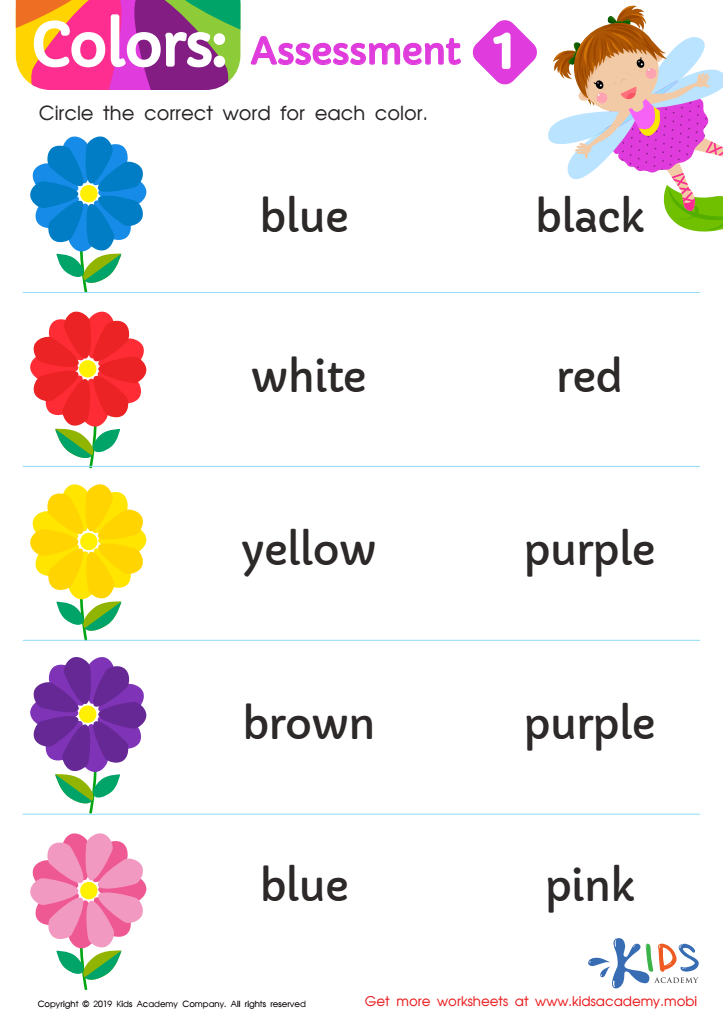

Colors: Assessment 1 Worksheet
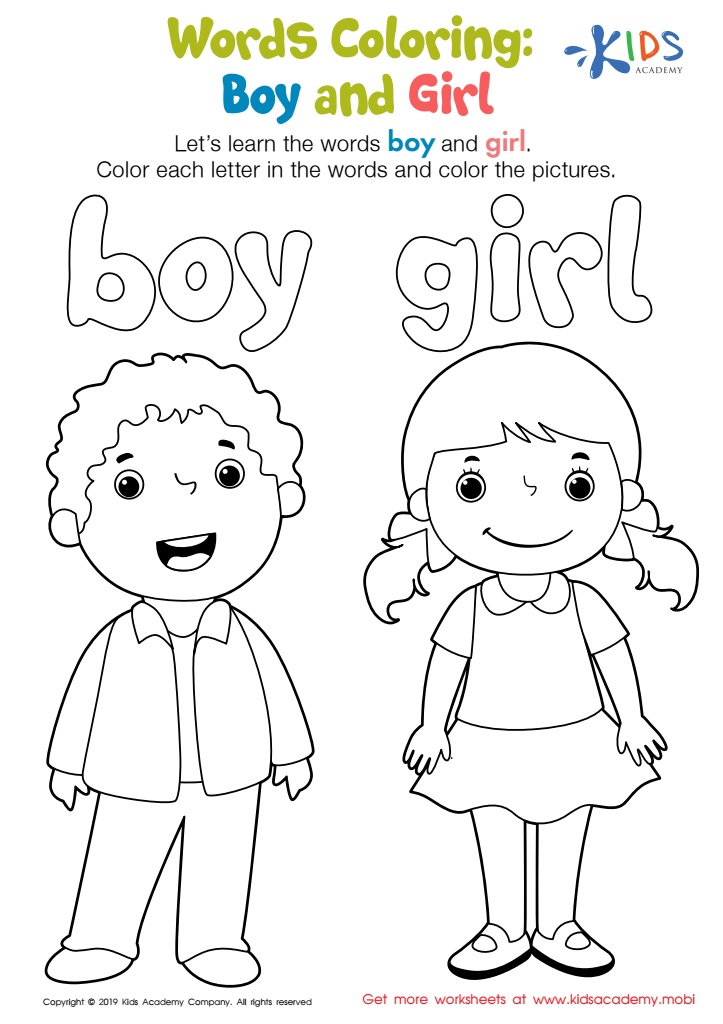

Boy and Girl Words Coloring Worksheet
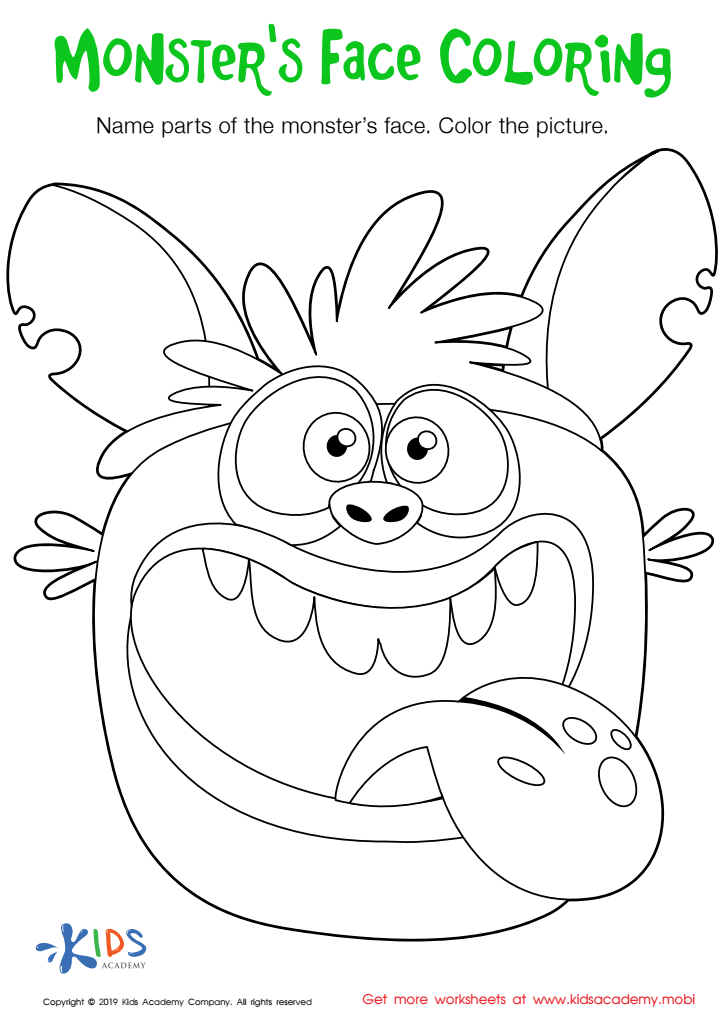

Monster's Face Coloring Worksheet
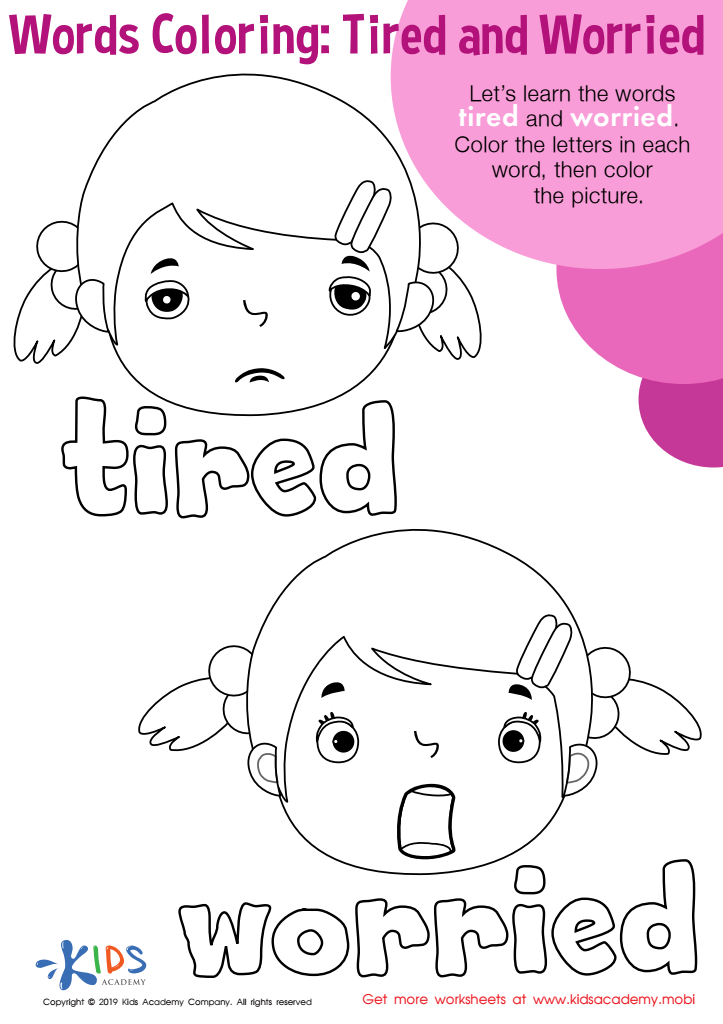

Tired and Worried Words Coloring Worksheet
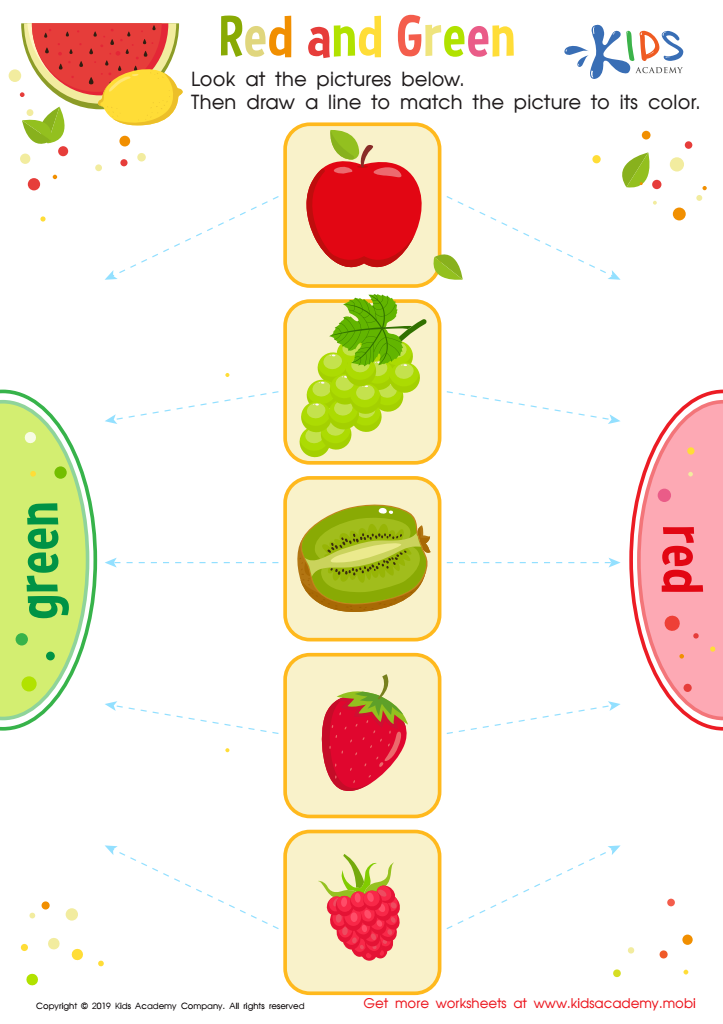

Red and Green Worksheet
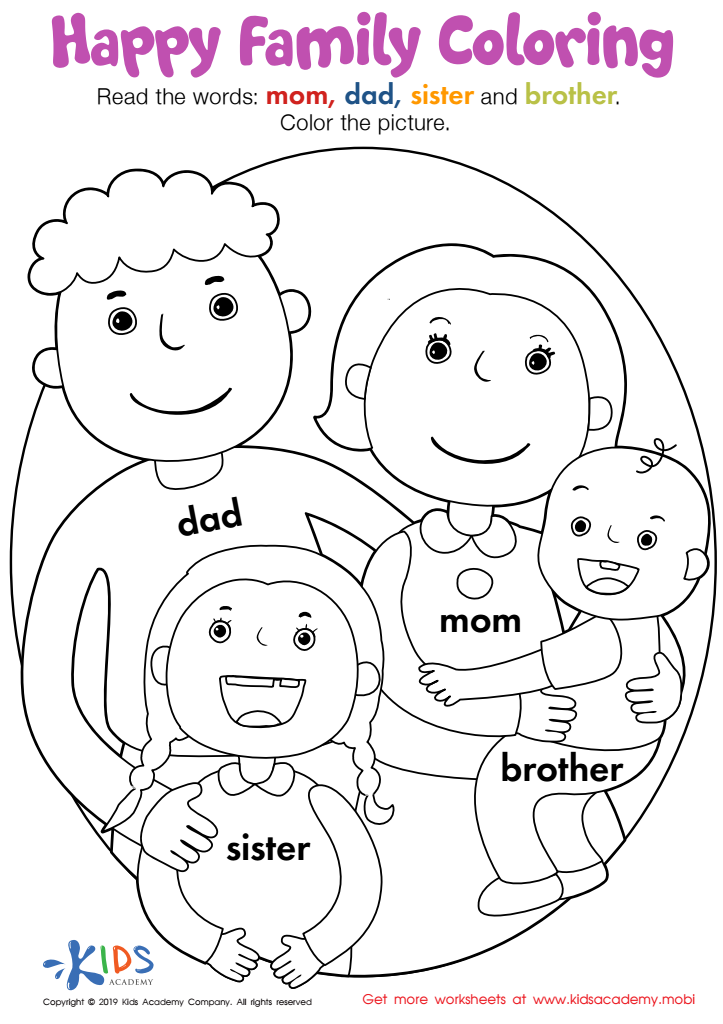

Happy Family Coloring Worksheet
Color recognition and vocabulary building are essential for children aged 3-4 as they lay the foundation for effective communication and cognitive development. At this early stage, children are rapidly learning about the world around them, and recognizing colors helps them categorize and describe their environment, enhancing their observational skills and attention to detail.
By identifying different colors and naming them, children expand their vocabulary, which aids in other areas of language development. It also fosters more precise communication and understanding. For instance, children learn to associate specific objects with particular colors, which reinforces memory and comprehension.
Incorporating color recognition activities into playtime can also boost creativity and imagination. When children use a variety of colors in their artwork, they are not only expressing themselves but also using language to talk about and differentiate their creations.
Moreover, early mastery of colors and vocabulary contributes to school readiness, preparing children for future academic tasks where following directions and understanding assignments often rely on these skills. Therefore, parents and teachers should prioritize color recognition and vocabulary building to support a child’s overall developmental trajectory, offering them the tools they need for effective learning and communication in their formative years.
 Assign to My Students
Assign to My Students
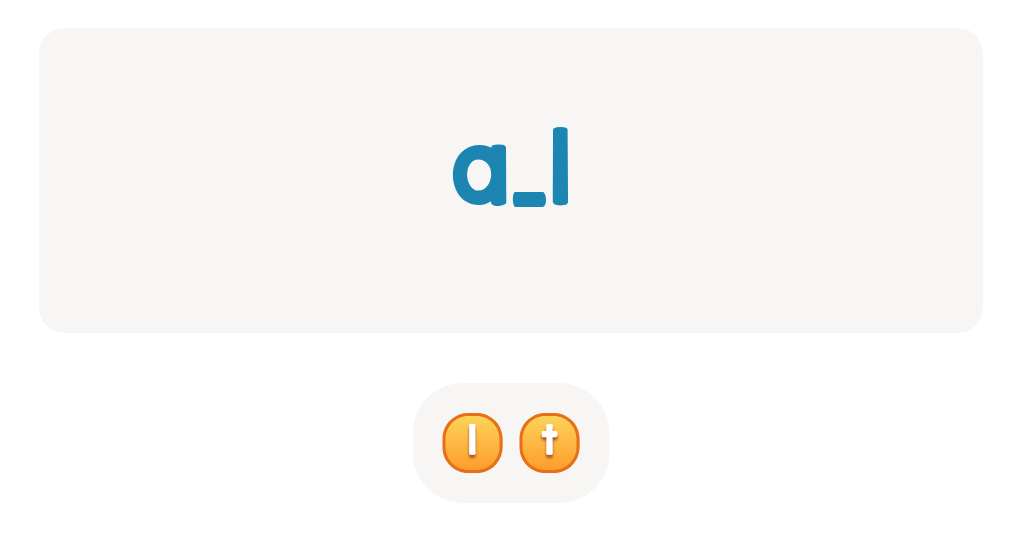
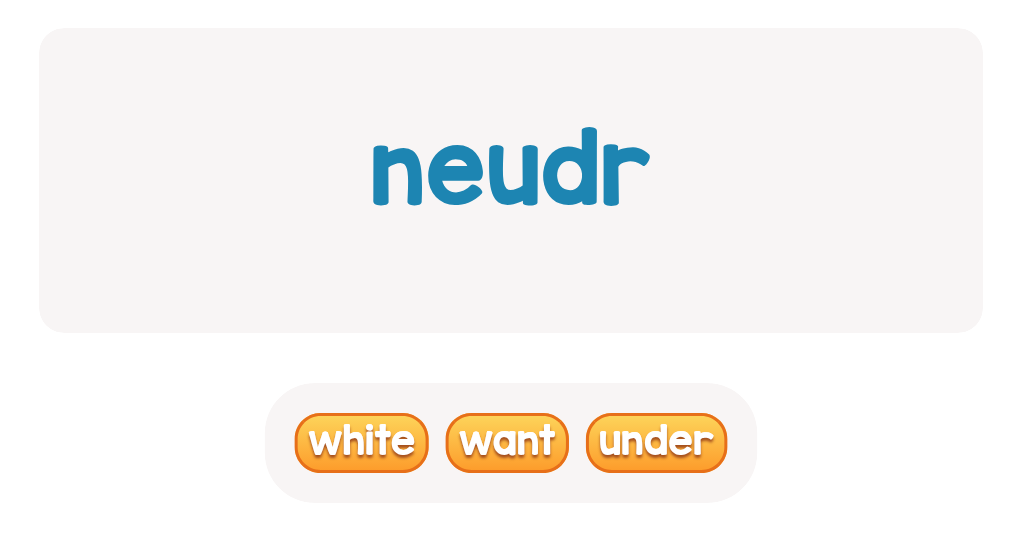
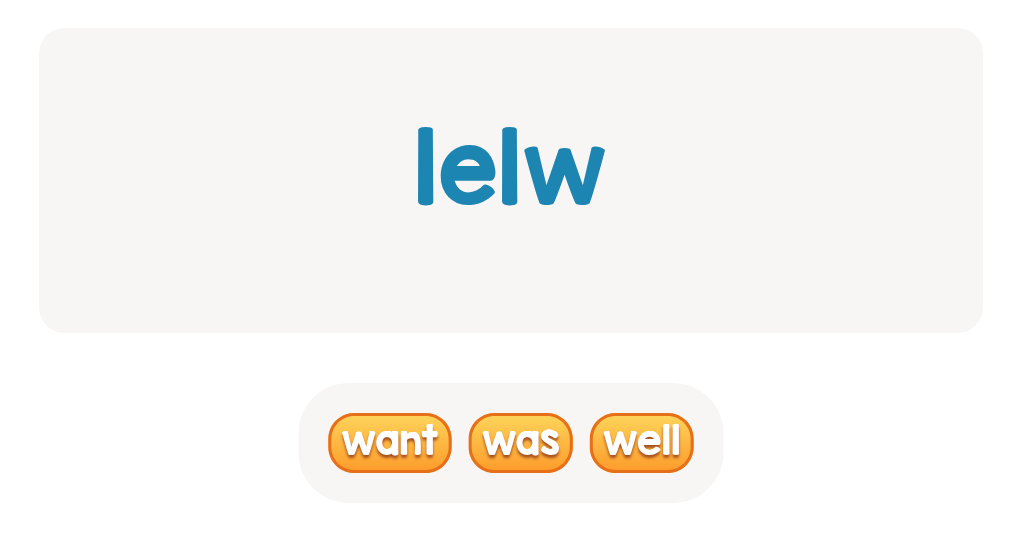
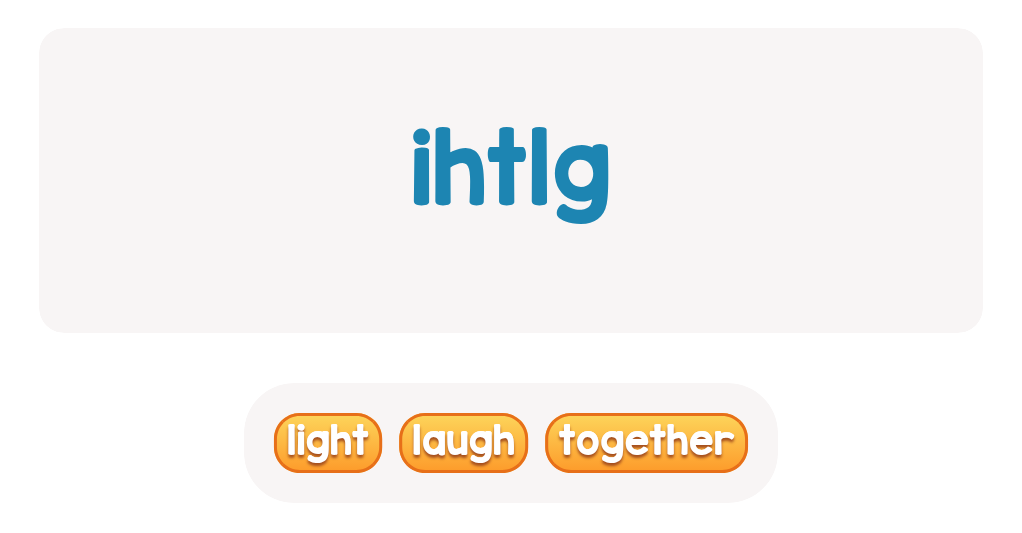
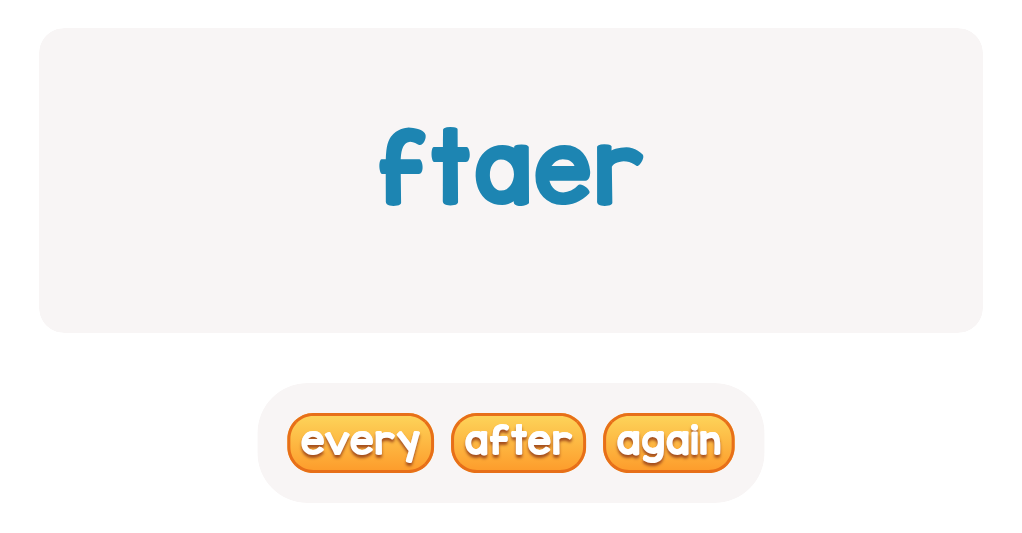
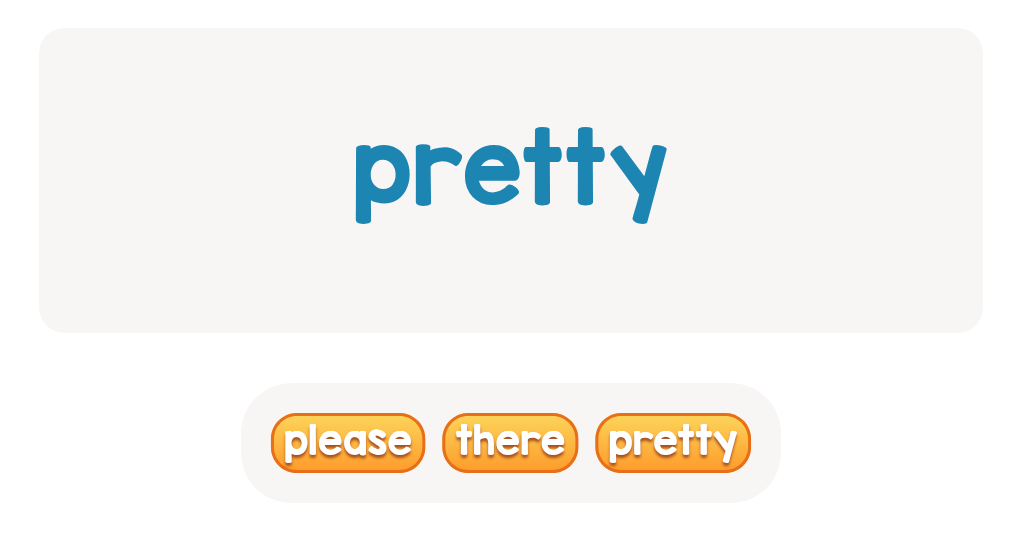
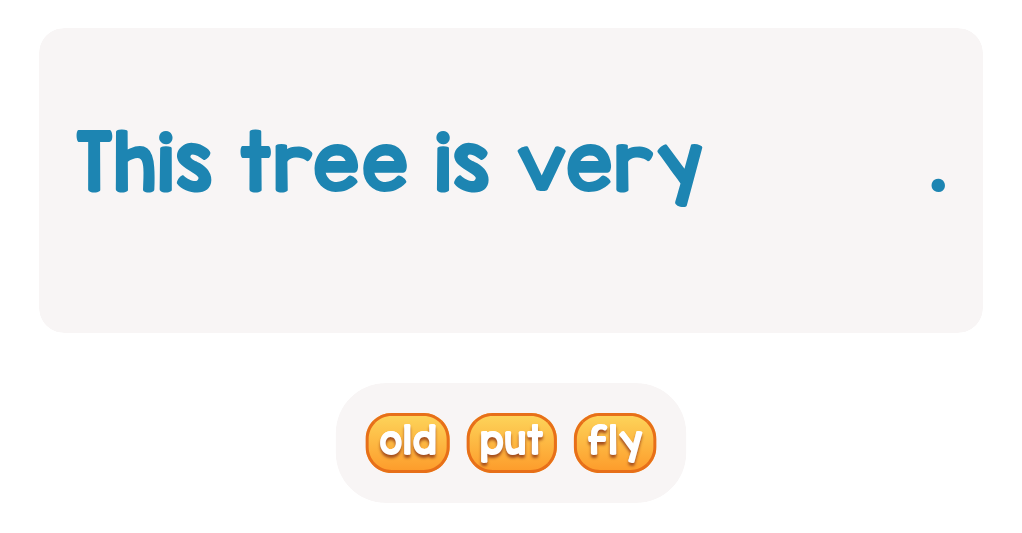

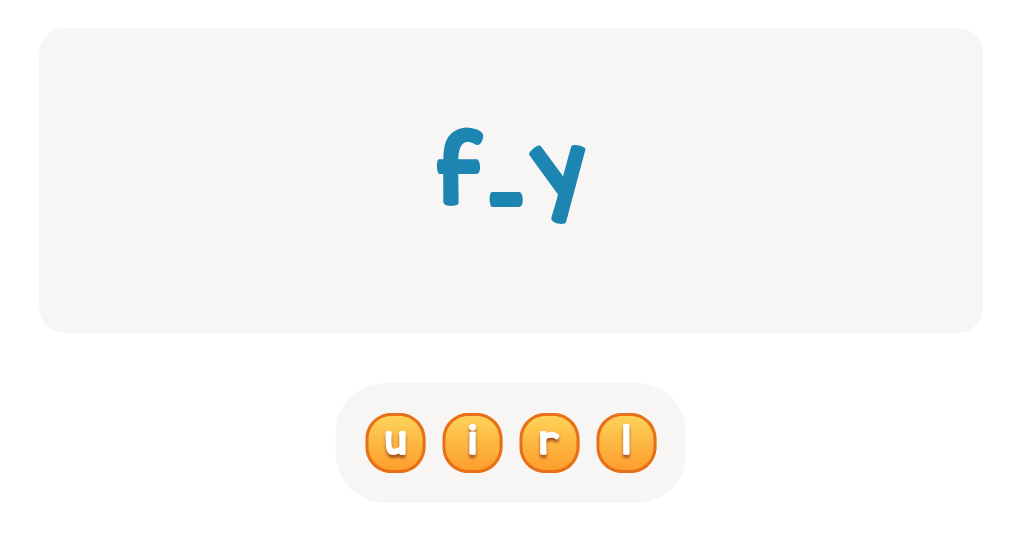
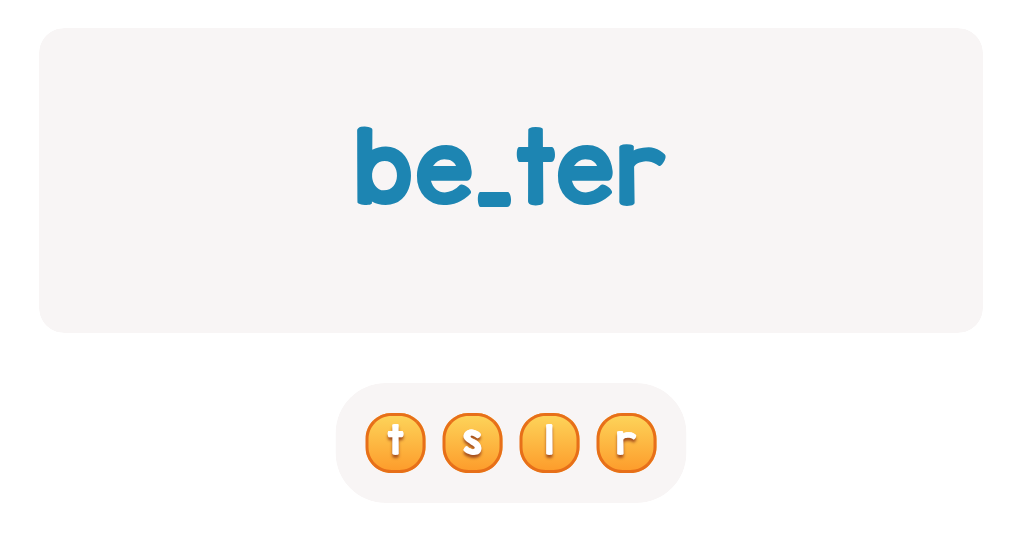


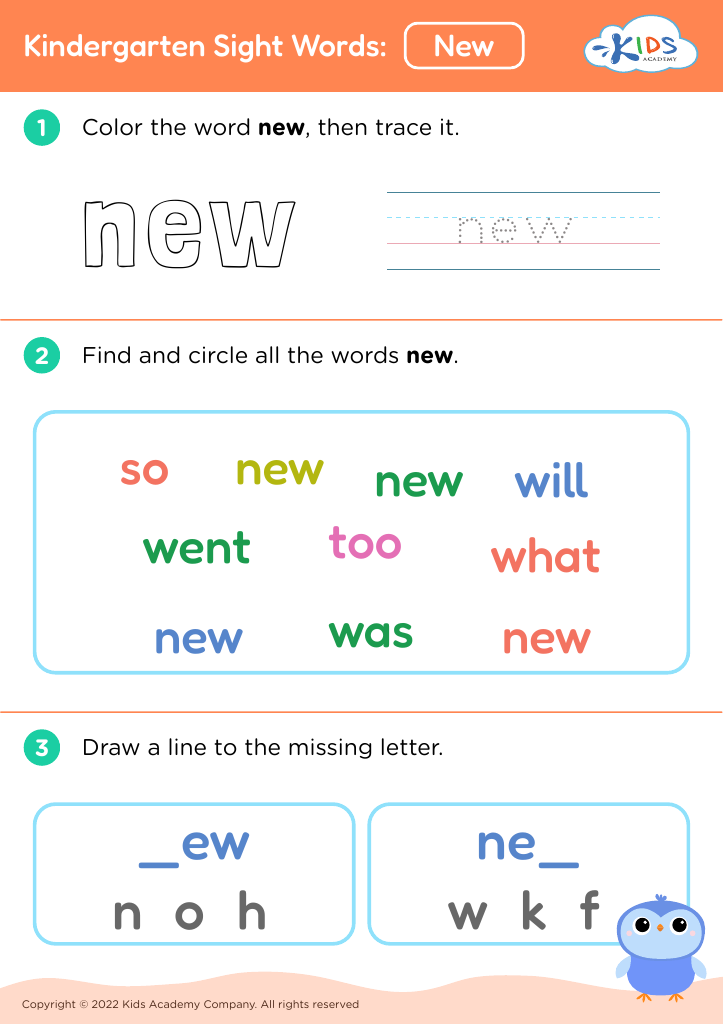
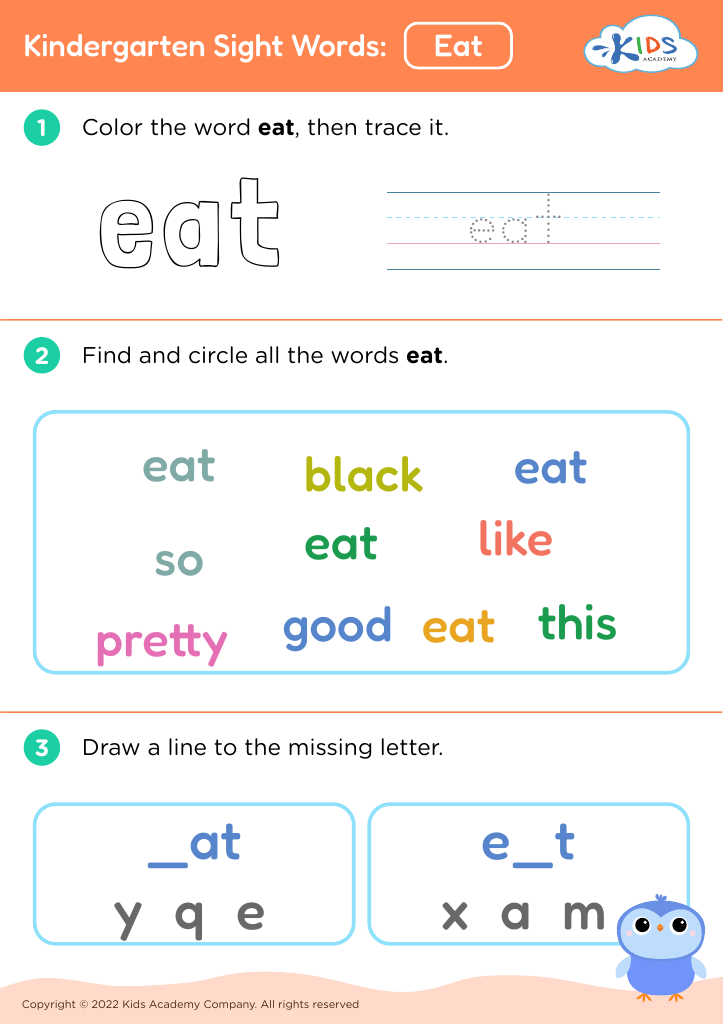



.jpg)
